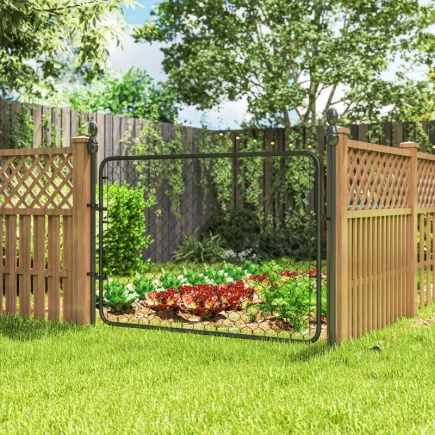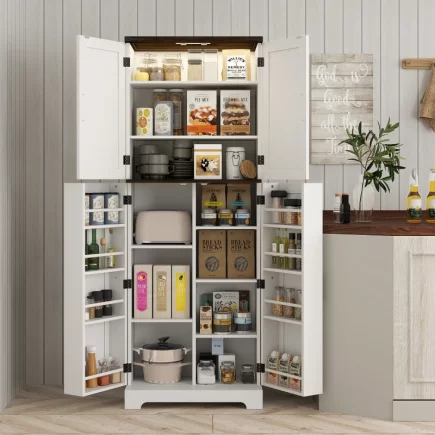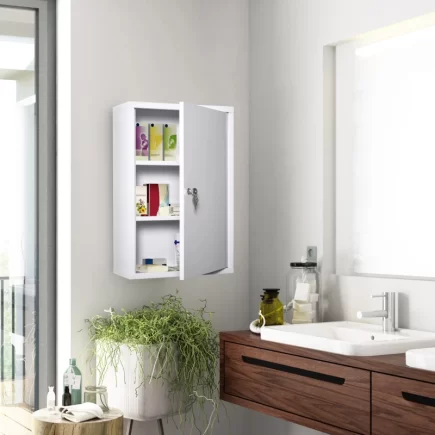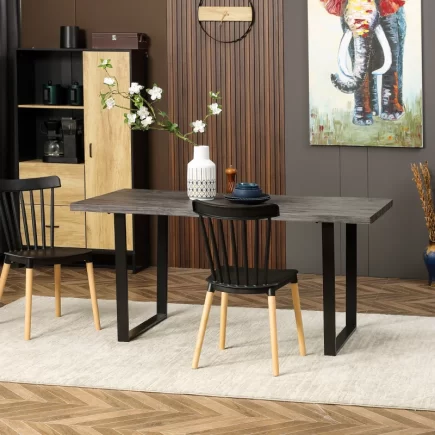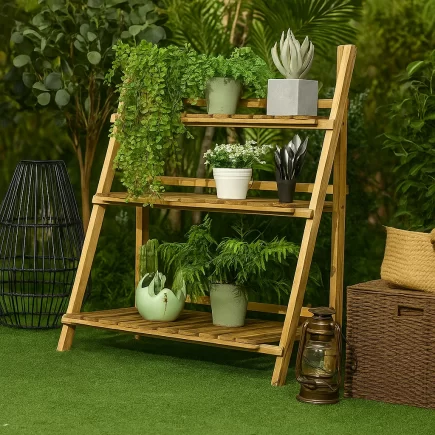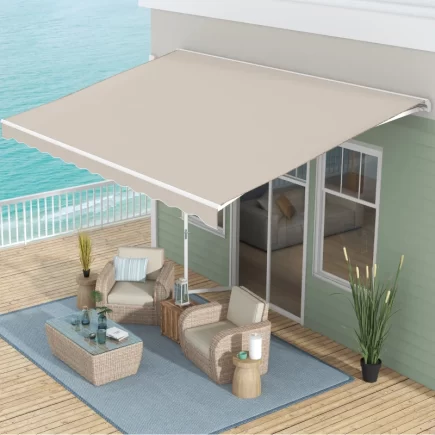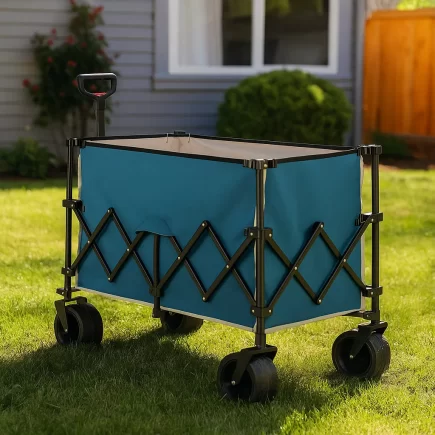Selecting the right umbrella stand is crucial for ensuring that your patio umbrella stays secure, stable, and functional. A high-quality umbrella provides shade, but without a reliable stand, it may tip, sway, or even blow away, especially in windy conditions. With a variety of options available on the market, it’s essential to understand which umbrella stand best suits your outdoor space, style preferences, and weather conditions.

Types of Umbrella Stands: Which One is Right for You?
Understanding the different types of umbrella stands is the first step in making the right choice. Each type offers unique benefits based on your specific outdoor needs.
1. Fillable Bases
Fillable umbrella bases are popular due to their versatility and cost-effectiveness. These stands can be filled with sand, gravel, or water, allowing you to adjust the weight according to the size of your umbrella and the local weather. This flexibility makes fillable bases a great choice for many homeowners.
For example, a concrete umbrella base that weighs 40 lbs. is a reliable and sturdy option for umbrellas with poles ranging from 1.5” to 2” in diameter. These stands typically come with a hand-turn tightening knob to secure the umbrella and ensure it remains stable during mild to moderate winds. Their concrete build offers excellent stability, while the elegant finish complements most patio decor. One downside is that water-filled bases may freeze in colder climates, which could cause cracking. Therefore, it’s essential to consider your local climate before choosing a fillable base.

2. Weighted Stands
Weighted umbrella stands are designed for maximum stability, making them ideal for areas that experience strong winds or larger umbrellas. Materials such as concrete, metal, and cast iron are commonly used to create a sturdy, long-lasting base.
A 41-lb metal umbrella base with adjustable foot pads is an excellent example of a weighted stand. It combines durability with an aesthetic modern design, ensuring that it provides security for larger umbrellas. The powder-coated metal construction resists rust and corrosion, while the adjustable foot pads allow for better stability on uneven surfaces. These stands are perfect for high-wind areas but can be less mobile due to their weight.

3. Freestanding Stands
For those seeking mobility and flexibility, freestanding umbrella stands are the best option. These stands don’t require any permanent installation and can be easily moved around your patio, garden, or poolside. Freestanding stands offer the ultimate in convenience.
For example, a freestanding cantilever umbrella base with four wheels can hold up to 330 lbs of sand or 286 lbs of water, providing excellent stability while offering easy mobility. The wheels allow you to move the stand across the patio, which is especially useful if you need to reposition the umbrella frequently. While these stands are convenient, they may not be as stable as heavier, weighted options, especially in very windy conditions.

4. Wheelable Bases
Wheelable umbrella stands are designed for those who need both mobility and stability. These stands come with built-in wheels, allowing you to move the umbrella around effortlessly while still providing enough weight for stability.
An example of this type of base is a portable square cantilever umbrella base, which can be filled with both water and sand. This design helps achieve a total weight of up to 165 lbs, offering a good balance between portability and strength. With its convenient wheels, this stand is perfect for those who like to rearrange their outdoor space frequently.

Determining the Right Size and Weight for Stability
The weight and size of the umbrella stand play a vital role in ensuring the umbrella’s stability. A stand that is too light may not adequately support your umbrella, especially in windy conditions. Conversely, a heavier stand offers more wind resistance and ensures the umbrella remains firmly in place.
Weight Guidelines:
- For small umbrellas (6-7 feet), a stand weighing between 20-30 pounds is sufficient.
- For medium-sized umbrellas (7.5-9 feet), aim for a stand between 40-50 pounds.
- For large umbrellas (10+ feet), you should use a stand that weighs at least 75-100 pounds.
Rule of Thumb: Multiply the diameter of your umbrella by 10 to estimate the ideal weight for your stand. For instance, a 9-foot umbrella should have a stand weighing around 90 pounds.
Ensuring Compatibility: Umbrella Pole and Stand Fit

Before purchasing a stand, it’s essential to measure the diameter of your umbrella pole. Most umbrella poles have diameters between 1.5” and 2.5”. Ensure that the stand you choose has a compatible opening to securely hold the pole.
Additionally, look for stands that come with a tightening mechanism, such as a screw cap or adjustable collar. These mechanisms help prevent wobbling and ensure a secure, stable fit.
Understanding the Different Mounting Options
The type of mounting you choose for your umbrella stand depends on your installation site and whether you want a permanent or removable solution.

- Surface-Mount: Best for decks and concrete patios, surface-mount stands offer great stability while allowing for easy removal when needed. These stands are bolted into place and ensure your umbrella stays securely anchored, even in windy conditions.
- In-ground Mounts: If you’re looking for a permanent setup, an in-ground mount is ideal. These stands require a concrete footing and are perfect for long-term installations in gardens, patios, or poolside areas.
Choosing the Perfect Stand for Your Patio Type
Different outdoor surfaces may require different types of stands to ensure the stability of your umbrella.

- Wooden Decks: For wooden decks, a surface-mount or weighted base stand works well, providing stability without the risk of damaging the wood.
- Concrete Patios: Heavy-weighted or surface-mount stands are ideal for concrete, providing reliable support even in high-wind conditions.
- Grass or Stone: On grassy or stony surfaces, a heavier base is essential for stability. Freestanding or fillable stands work well for these types of surfaces.
Aesthetic and Functional Preferences
Design and Style
Choose a stand that complements your outdoor furniture and patio decor. A sleek, well-designed stand can serve as both a functional piece and a stylish accent for your outdoor space.
Portability
If you need the ability to move your umbrella for optimal shade, a wheeled or freestanding stand is ideal for easy relocation and flexibility.
Weather Resistance
Select materials like cast iron, stainless steel, or resin for their durability and resistance to sun, rain, and wind. These materials will ensure long-lasting performance and protect your stand from harsh weather conditions.
Adjustable Features
Look for stands with adjustable height or tilt features to provide the best shade throughout the day. These adjustable options allow you to customize the umbrella’s position according to the changing angle of the sun.
Maintenance and Storage
Regularly clean your stand and store it properly during the off-season. Opt for rust-resistant stands and use covers to protect them from the elements.
Wind Resistance: Ensuring Your Umbrella Stays Upright

Wind resistance is crucial when selecting an umbrella stand. Choose heavier stands with wider bases for areas that experience frequent gusts. Look for stands that include secure locking mechanisms to prevent your umbrella from tipping or flying away during windy weather.
Maintenance Tips for Longevity
To ensure your umbrella stand remains in top condition, follow these tips:
- Regular Cleaning: Wipe down your stand regularly with a damp cloth to remove dirt and debris.
- Rust Prevention: Look for powder-coated or rust-resistant finishes if your stand is made from metal to avoid corrosion, especially in wet or humid environments.
- Seasonal Checks: Before each outdoor season, inspect the stand for tightness in the knobs and screws and check for any rust or damage.
Final Thoughts: Making the Right Choice
Choosing the right patio umbrella stand is a balance between practicality, style, and durability. Your decision should consider factors like your patio size, weather conditions, and umbrella dimensions. Whether you opt for a freestanding, wheelable, or weighted stand, ensure that it provides the stability and aesthetic appeal you need to enhance your outdoor space.
FAQS
1. Can I use the same stand for multiple umbrellas?
Yes, you can use the same stand for multiple umbrellas if they are of similar sizes and designs. Be sure to check compatibility, including pole diameter and weight recommendations.
2. How do I know if my umbrella stand is too light for my umbrella?
Check the recommended weight based on your umbrella’s size. Lighter stands may not provide enough support for larger umbrellas or in windy areas.
3. Are there any stands specifically designed for high-wind areas?
Yes, heavy-duty stands with wide bases and secure locking mechanisms are ideal for high-wind areas. Concrete or cast iron stands offer excellent wind resistance.
4. What’s the best option for a small patio with limited space?
For small patios, a compact, freestanding or fillable umbrella base works well without taking up too much room. These stands are portable and can be easily moved as needed.


